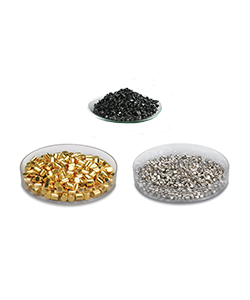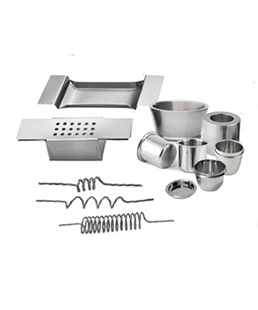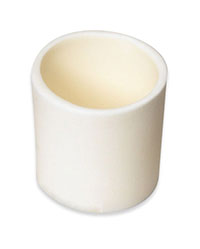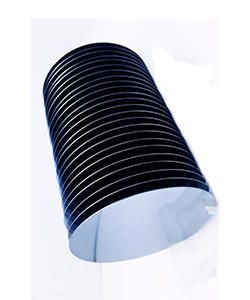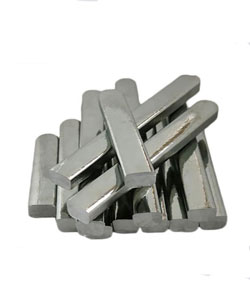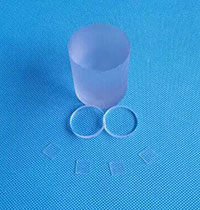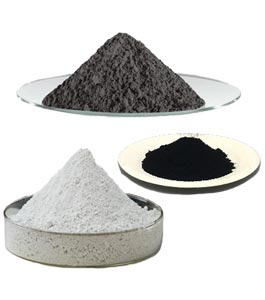 +86-731-89578196
+86-731-89578196
 [email protected]
[email protected]
- Home
- Our Company
-
Products
Sputtering Targets
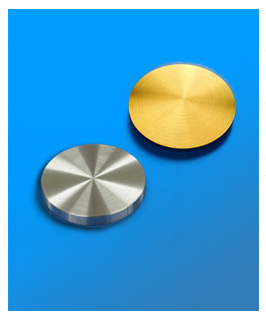
- Industries
- Blog
- FAQ
- Contact Us
Powder Metallurgy: Advancing Manufacturing Processes with High-Quality Spherical Metal Powders
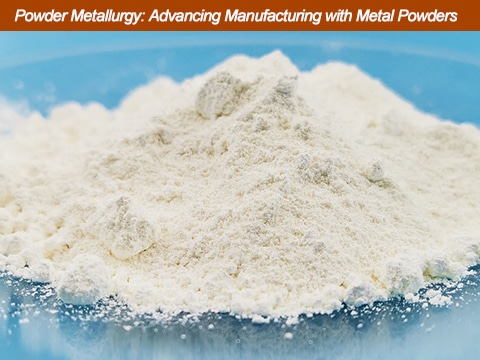
Introduction
Powder metallurgy might sound like a complicated term, but it's actually a very cool and smart way to make metal parts. In simple terms, it's a process where metal is turned into tiny powder particles, and these particles are then shaped into different products. This method is widely used in many industries, from car parts to medical devices, and it's super efficient.
One of the key ingredients in this process is metal spherical powders. These are tiny, round particles of metal, and they are essential for creating strong, precise, and high-quality parts. At AEM Deposition, we specialize in providing these metal spherical powders, which are perfect for all kinds of manufacturing processes.
You might be wondering, "Why should I care about metal powders?" Well, metal spherical powders are becoming more and more important in industries like aerospace, automotive, and 3D printing. They help manufacturers create parts that are more durable, precise, and cost-effective. Plus, they're really versatile and can be customized for different needs.
In this blog, we'll explain exactly what powder metallurgy is, how metal spherical powders are used, and why choosing the right powder supplier, like AEM Deposition, can make a huge difference in your projects. Whether you're a business looking for high-quality metal powders or just curious about how these materials are used, you're in the right place.
Let's dive into the world of powder metallurgy and see how metal powders can improve your manufacturing processes!
The Critical Role of Powder Morphology (Why Shape Matters)
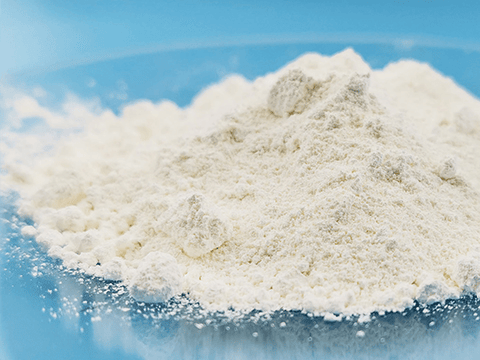
When making parts using powder metallurgy (PM), the starting metal powders are super important. Think of it like baking a cake – the ingredients you use directly affect how the cake turns out. In PM, one of the most important things about the powder is its morphology, which just means the shape and surface of the tiny powder particles. We’re going to focus on why a round, or spherical, shape is so much better.
Imagine you have two containers. One is filled with round marbles, and the other is filled with rough, jagged rocks. If you try to pour them out, the marbles will flow smoothly and easily, while the rocks will clump and get stuck. This is similar to how spherical and non-spherical metal powders behave.
Here's why spherical powders are so advantageous in PM:
1. Better Flow (Like Water): Spherical powders flow much more easily than irregular shapes. Think of them as tiny ball bearings rolling over each other. This is important for a few reasons:
- Filling the Mold Evenly: In PM, the powder is packed into a mold (called a die). Spherical powders fill the mold evenly, ensuring the final part has the same density throughout. If the powder doesn't flow well, some areas of the part will be denser than others, making it weaker.
- Easier Automation: In factories, machines often handle the powder. Spherical powders flow smoothly through these machines, making the whole process more efficient and reliable.
Stronger Parts: When you pack more material into the same space, the final part is denser and stronger. It's like building a wall with tightly packed bricks versus loosely piled rocks.
Less Shrinking: When the part is heated (a process called sintering), it shrinks a little. Tightly packed powder shrinks less, making the final part closer to the desired size.
3. Less Friction (Like Sliding on Ice): The smooth surface of spherical particles means there's less friction between them. This is good because:
- Better Compaction: When the powder is pressed into the mold, less friction means it compresses more evenly, again leading to a stronger part.
- Less Wear and Tear: Less friction also means less wear and tear on the machines used to make the parts, saving money in the long run.
Imagine looking at the powders under a powerful microscope. The spherical powders would look like tiny, perfectly round balls, neatly arranged. The irregular powders would look like jagged, broken pieces, all tangled together. (This is a great place for a picture if you have one).
In short, using spherical metal powders is like using the best ingredients for a recipe. It leads to better flow, tighter packing, less friction, and ultimately, stronger and higher-quality parts. In the next section, we'll talk about how AEM Deposition provides these high-quality spherical powders.
AEM Deposition's Spherical Powders (High-Quality Powders for Better Parts)
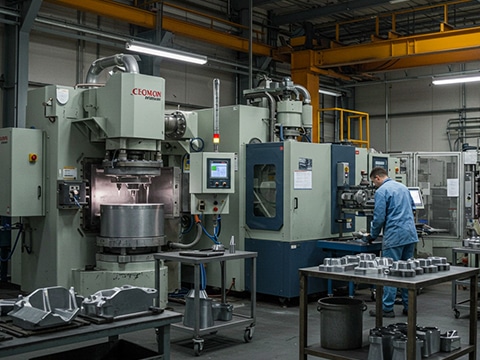
Now that you know why spherical powders are so important for powder metallurgy, let's talk about how AEM Deposition can help. We specialize in making top-quality spherical metal powders designed to make your PM parts the best they can be.
We use advanced gas atomization to create powders that are consistently round, pure, and just the right size. This careful process means our powders perform better in your manufacturing processes.
Here's what makes AEM Deposition's powders special:
1. Perfectly Round Shape: Our powders are almost perfectly spherical. This means they flow easily, pack tightly, and make stronger parts, just like we discussed earlier.
2. Just the Right Size: We offer different powder sizes to fit different needs. Whether you're making tiny, detailed parts or larger components, we have the right powder for you.
3. Super Clean Powders: Our powders are made to be very pure with minimal impurities. This means better, more consistent results for your parts.
4. Lots of Different Metals: We offer a wide range of metal powders, including:
- Titanium Powder (for strong, lightweight parts, often used in airplanes and medical implants)
- Nickel powder (widely used in synthetic diamond tools, cemented carbide, electrometallurgy, machinery, energy and other industrial sectors. )
- Cobalt powder (Used to create casting and powder metallurgy components, like high-temperature pressure valves and rotors.)
- Chromium powder (used as a wear-resistant coating to increase the service life)
Applications of Spherical Powders in Powder Metallurgy
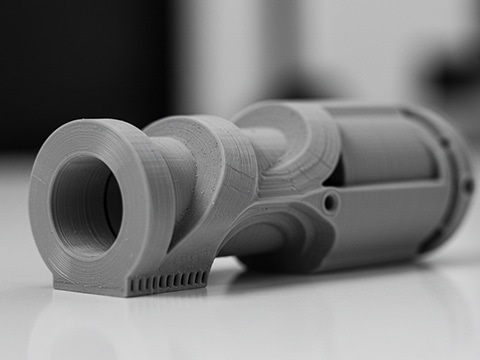
Now that you understand the benefits of spherical powders and what AEM Deposition offers, let's look at how our powders are used in different manufacturing processes and the positive impact they have.
Here are some key applications where our spherical powders excel:
1. Additive Manufacturing (AM) / 3D Printing: This technology builds parts layer by layer using metal powder. Spherical powders are essential for several AM methods:
Selective Laser Melting (SLM): A laser melts thin layers of powder to create the part. Our spherical powders flow smoothly, creating even layers, which leads to denser, stronger parts with fewer defects. Consistent particle size also helps the laser melt the powder more effectively.
Electron Beam Melting (EBM): Similar to SLM, but uses an electron beam. Smooth powder flow is crucial for consistent layers and high-quality parts.
Binder Jetting: A liquid binder joins the powder particles. Spherical powders pack tightly, making the part stronger before it's heated (sintered).
AEM Deposition offers specific spherical powders for AM, including titanium alloys for lightweight and strong parts (used in aerospace and medical implants), nickel-based superalloys for high-temperature applications, and stainless steels for various industrial uses.
2. Metal Injection Molding (MIM): This process makes complex, precise metal parts in large volumes. It mixes fine metal powder with a binder and molds it like plastic. Spherical powders are important in MIM because:
- They pack tightly, resulting in denser, stronger final parts.
-
They flow easily into the mold, allowing for intricate shapes and fine details.
Our fine spherical powders are ideal for making small, complex MIM parts with precise dimensions.
3. Hot Isostatic Pressing (HIP): This process uses high pressure and temperature to create very dense parts. Spherical powders help create a uniform density within the part, resulting in improved strength and fewer defects.
Conclusion
Powder metallurgy is a great way to make all sorts of metal parts. It's used to make everything from medical implants to parts for cars and airplanes. It's a very useful process because it offers some big advantages over older methods.
The future of powder metallurgy looks very promising. Metal 3D printing is becoming more and more common, and powder metallurgy is a key part of that technology. New types of metal powders are also being developed all the time, which will lead to even better parts. Factories are also using more automation to make the process more efficient and less expensive. Plus, because it's a more efficient way to use materials, powder metallurgy is becoming an important part of making manufacturing more sustainable.
At AEM Deposition, we're committed to staying ahead of these changes and providing our customers with the best powder solutions. We believe powder metallurgy is a key part of the future of manufacturing.
We invite you to partner with AEM Deposition and see how our high-quality spherical powders can improve your products. Contact us today to discuss your needs.





